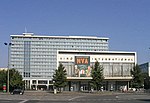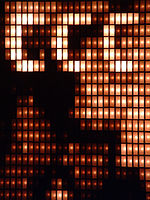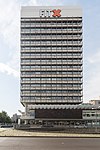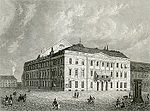The Institute for Climate Protection, Energy and Mobility (German: Institut für Klimaschutz, Energie und Mobilität e.V. – short IKEM) conducts research into issues of climate change mitigation in the interplay between law, economics and politics. Based in Berlin and Greifswald, IKEM was established as a non-profit organization in 2009 and is affiliated to the University of Greifswald as an independent research institute.
IKEM has been recognized as a non-governmental organisation by the United Nations Economic and Social Council since 2017 and has special consultative status there.
Michael Rodi is Chairman of the Association and Director of the Institute. Other members of the Executive Board are Christian Held (Deputy Chairman) and Simon Schäfer-Stradowsky.
The scientific Advisory Board consists of: Christian Held, Jelena Bäumler, Thorsten Beckers, Stephan Breidenbach, Volker Bühner, Olaf Däuper, Dörte Fouquet, Manfred Greis, Valentyn Gvozdiy, Friedrich-Wilhelm Hagemeyer, Barbara Hendricks, Florian Hertweck, Wolfgang Köck, Hans Kreisel, Michael Lehmann, Karsten Lemmer, Michael Mehling, Jörg Müller, Joachim Müller-Kirchenbauer, Sabine Nallinger, Friedbert Pflüger, Barbara Praetorius, Martin Pudlik, Rudi Rienzner, Roman Ringwald, Michael Sauthoff, Susanne Stoll-Kleemann, Juliane Thimet, Jürgen Trittin, Dodo Vögler and Alexander Vogt.












